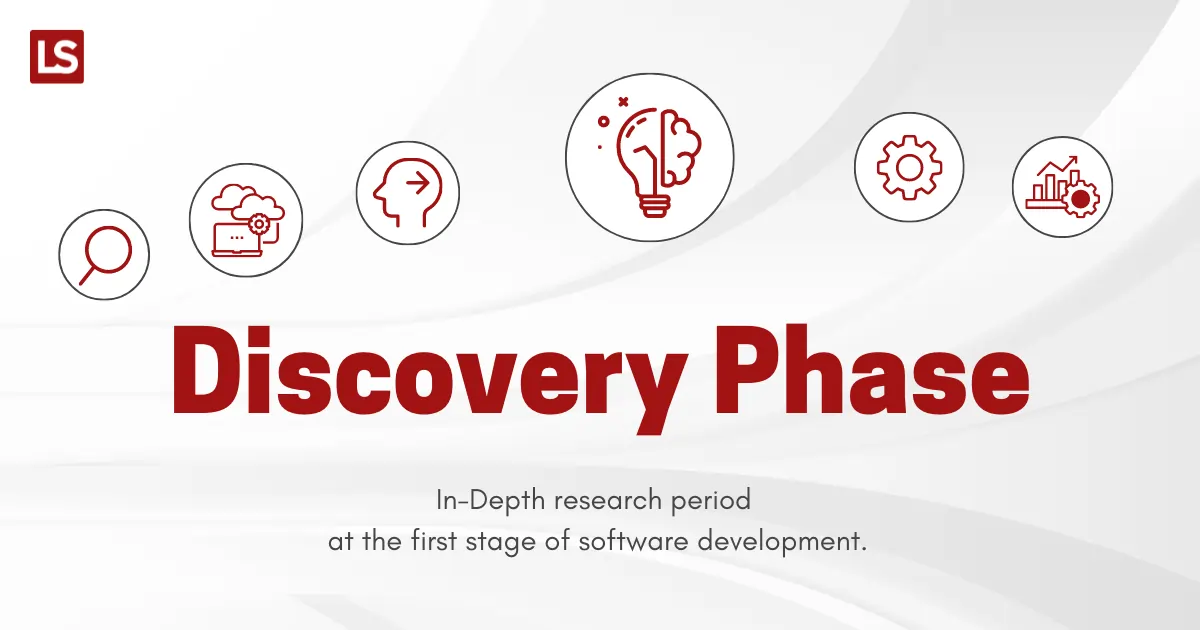As a business manager, I sometimes get into odd situations with product owners/CEOs who consider a very sloppy approach for software development especially when they have a great understanding of the respective market but have little or no knowledge of software development ins and outs.
I always felt that CEOs are suspicious and worried about the worth of money in mysterious software development processes. And they always come with the request to boost productivity, to reduce the cost, or meet the deadlines sometimes assumed by them.
In most cases, they don’t even realize that they are putting the developers in an endless sprint with their unrealistic expectations and deadlines which eventually leads the project to go off the rails.
With my years of experience in partnering services, I have prepared a quick list of dos and don’ts to help you speed up your product development without making your developers hate you, have a look:
Don’ts
Overloaded Team
Imposing too many things to a development team cuts corners and accoumate debt in product development. For example, if the project manager and other senior members get involved in office interviews, HR meetings, unnecessary meetings and dispute settlement between teams then such an overloaded team and product owner will definitely reduce the output. So, always hire a team that is dedicatedly working for you or if not, make sure it is not overloaded with other tasks.
Unrealistic Effort and Time Estimation
Due to the lack of technical or domain knowledge, sometimes clients assume the effort and cost. And in the same impression start pressurizing the developers or managers to get things done as soon as possible. It creates unnecessary pressure among the team members and a feeling of dissatisfaction on both sides: the client and hired professionals. Overruling developers on it will lead them to give up mode which will ultimately delay the product delivery. However, this can be avoided, If you don’t be unrealistic with effort/cost and setting a timeline considering the skills, number of resources, and experience of the hired team.
Micro-Management
It’s always a very crucial decision to choose a technology/development partner and it should be done very carefully after thinking it through properly.
Once chosen, it does at times take a little while to understand each and get adjusted to each other’s frequency level. Once that happens, micromanagement shouldn’t be done at all.
Clients who prefer to go with a micro-management approach have to understand that the environment they are creating for the employees is inefficient and filled with unease. It is proven that micromanagement leads the team towards negativity. Have patience, set the accountability, get the feedback, push them to speed up based on realistic parameters such as team size, task, timeline, and then wait to be completed!!
Do’s
Work with an Efficient Team
In order to speed up your software’s development, you should have an efficient team of IT professionals who possess all the required skills and expertise. So, your first priority should be hiring a suitable team that understands your business objectives and serves the purpose accordingly.
If you don’t wish to hire in-house professionals to fill the skill gap, your approach could be outsourcing your product development to the right team. Selecting the right fit and reliable team isn’t an easy job but if you succeed in it, it can reduce your time-to-market and cost.
Let the Team Understand the Domain First
As a product owner, your primary focus should be transferring the domain knowledge to the development team. The professionals you hire may have nice exposure to all the trending technologies but It is not necessary that every team has the required knowledge of every business domain.
Knowing your business domain will help them to create better solutions with a clear understanding of the facts and also avoid recurring development. Repeated development practices can be avoided at the UX level by brainstorming the use cases thus saving a lot of time and cost.
Clear Communication
Keeping your communication clear with the hired team is among the most important things when you’re planning a product development. Gone are the days when clients used to send regular emails for communication with the teams. If you think doing so will help the development team to understand your product vision and at the end of the sprint’s deadline you’ll get the update, you need to think again.
Nowadays, things are escalated in a bigger domain, all the approaches have been upgraded, and communication is no exception. Emails are good but in order to make sure that you and all your team members are on the same page to establish effective collaboration, you need to be available for regular meetings, frequent discussions, and sharing suggestions.
Don’t Prioritize Everything
Prioritizing tasks is a good practice to streamline your development processes but you need to make sure that the list of your prioritized tasks is actually including the high-priority tasks. Sometimes clients come to us to free the backlog asap, no matter whether it requires 2x-3x the capacity hired.
This is an absolutely unrealistic approach that confuses the development team to manage the high-priority tasks and stretches the process to an uncertain period of time. To avoid this, you need to create a sprint of a fair number of high-priority tasks depending on resources hired, leaving the less important task for another sprint. Once you have prioritized the tasks make sure that less prioritized tasks are not pushed to be completed before you complete the prioritized ones.
Trust and Recognition
Though it is the responsibility of your technology partner to boost the energy at work, as a product owner you can also embed the recognition culture in your product development. It may be in any form including bonuses, gifts, performance recognition, etc.
It is necessary to recognize and celebrate the achievements of the employees who perform outstanding or go above the expectations. Remember your small recognition can fill them with confidence and improve your team’s productivity.
Single Project Management Tool
Imposing too many tools for project management, communication, documentation, process, and standards can consume a lot of time of your valuable resources which they can spend on other important tasks. So instead of forcing them to use different tools, let the project manager decide which tool to be picked considering the efficiency of the developers on tools’ requirements.
Connect the Team with the Success and Failure of the Project
Your development team should have the feeling that they are an important part of your product’s vision including its success and failure. Allow them to directly contribute to your product’s vision and always appreciate their efforts towards its accomplishment. Similarly, do suggest the best piece of advice when their efforts or approaches don’t work well for your project.
Conclusion
Being a product owner, setting goals to speed up your product development process is important but doing it right with the right approaches is even more important because this way, It doesn’t hamper your collaborative efforts with your developers and helps you get the expected results. To boost the speed of your software development process in an effective and efficient way, you should FOLLOW the fundamental dos and don’ts of Product Development.




